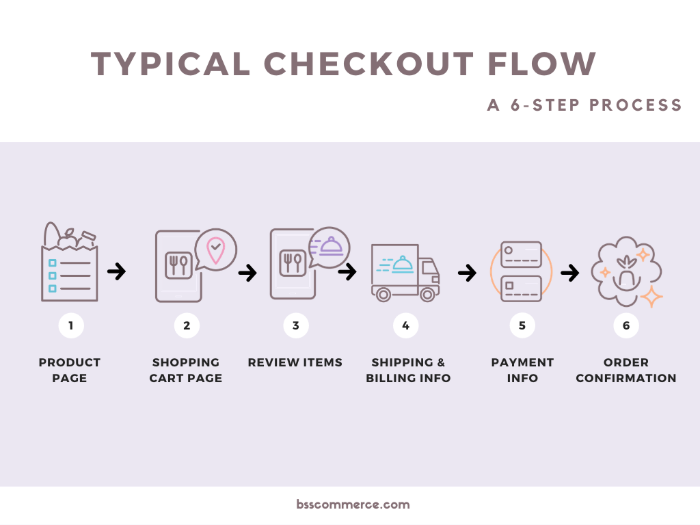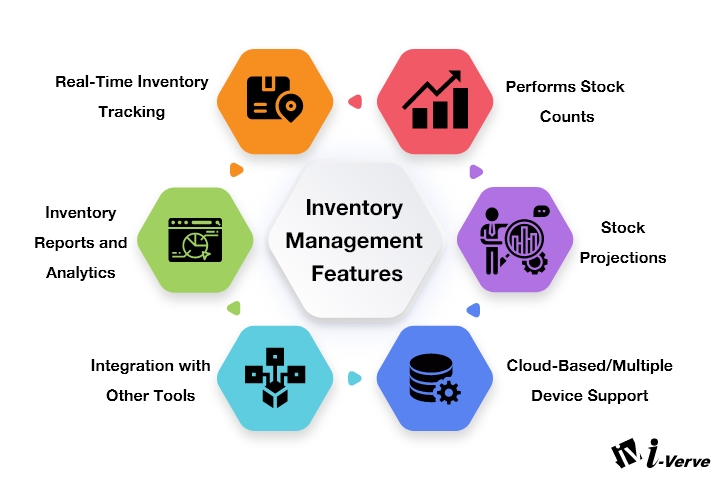E-commerce website design practices are crucial components of successful business operations in today’s digital landscape. Creating a functional and aesthetically pleasing web-based store is crucial for attracting customers, increasing revenue, and enhancing user satisfaction. This post will discuss a few best practices for designing e-commerce websites and also highlight why Webster Uganda is a pioneer in this field.
1. User-Centric Design:
Giving the user experience the main concern is pivotal for fostering a profitable e-commerce website design. Webster Uganda understands the value of user-centric design concepts, which include intuitive search functionality, clear item organization, and seamless navigation. Webster Uganda ensures that clients can find products effectively and partake in a consistent shopping experience by focusing on their needs.

2. Mobile Responsiveness:
We optimize your e-commerce website designs for mobile phones due to the increasing use of mobile devices. Webster Uganda is a pro at designing responsive websites that stream smoothly to various screen sizes, providing smartphone and tablet users with a reliable and enjoyable shopping experience.

3. Streamlined Checkout Process:
Difficult or drawn-out checkout procedures may deter buyers from finishing their purchases. Webster Uganda places a strong emphasis on a streamlined checkout procedure, eliminating unnecessary form data and simplifying the process. Through the integration of safe payment channels and the provision of guest checkout options, Webster Uganda streamlines and secures the purchasing process.
Our e-commerce website design practices are tailored to meet the needs of each customer, providing an exceptional user experience.

4. High-Quality Product Imagery:
In e-commerce, visual attractiveness is crucial. Webster Uganda provides guidance to clients on how to effectively showcase their products, recognizing the importance of high-quality product images. Webster Uganda pays close attention to detail to ensure that product photos are suitably scaled, well-lit, and provide a variety of viewpoints, enabling buyers to make informed decisions.

5. Clear Call-to-Actions (CTAs):
Webster Uganda highlights areas of strength for the web-based business site’s essential positioning of buttons. Effective call-to-action (CTA) plans encourage clients to add items to their trucks, examine them, or take advantage of special offers, which ultimately support higher conversion rates.

6. Integration with Inventory Management Systems:
Webster Uganda ensures that inventory management systems coordinate flawlessly to advance activities and maintain accurate stock levels. By enabling automatic updates on product availability, this integration helps improve overall customer satisfaction and eliminates issues such as overselling.

7. Robust Product Search Functionality:
For e-commerce websites with substantial inventory, effective product search capability is essential. Customers can quickly identify desired items thanks to Webster Uganda’s sophisticated search tools, which include filters, sorting options, and intelligent product suggestions. This functionality significantly enhances the user experience and boosts customer happiness.

The design of an e-commerce website must prioritize user experience, mobile friendliness, quick checkout procedures, and aesthetic appeal. Webster Uganda offers exceptional e-commerce website design services and is an expert at bringing these best practices to life. Businesses can benefit from Webster Uganda’s experience in developing successful online stores, which increase revenue, enhance customer satisfaction, and promote company growth.
